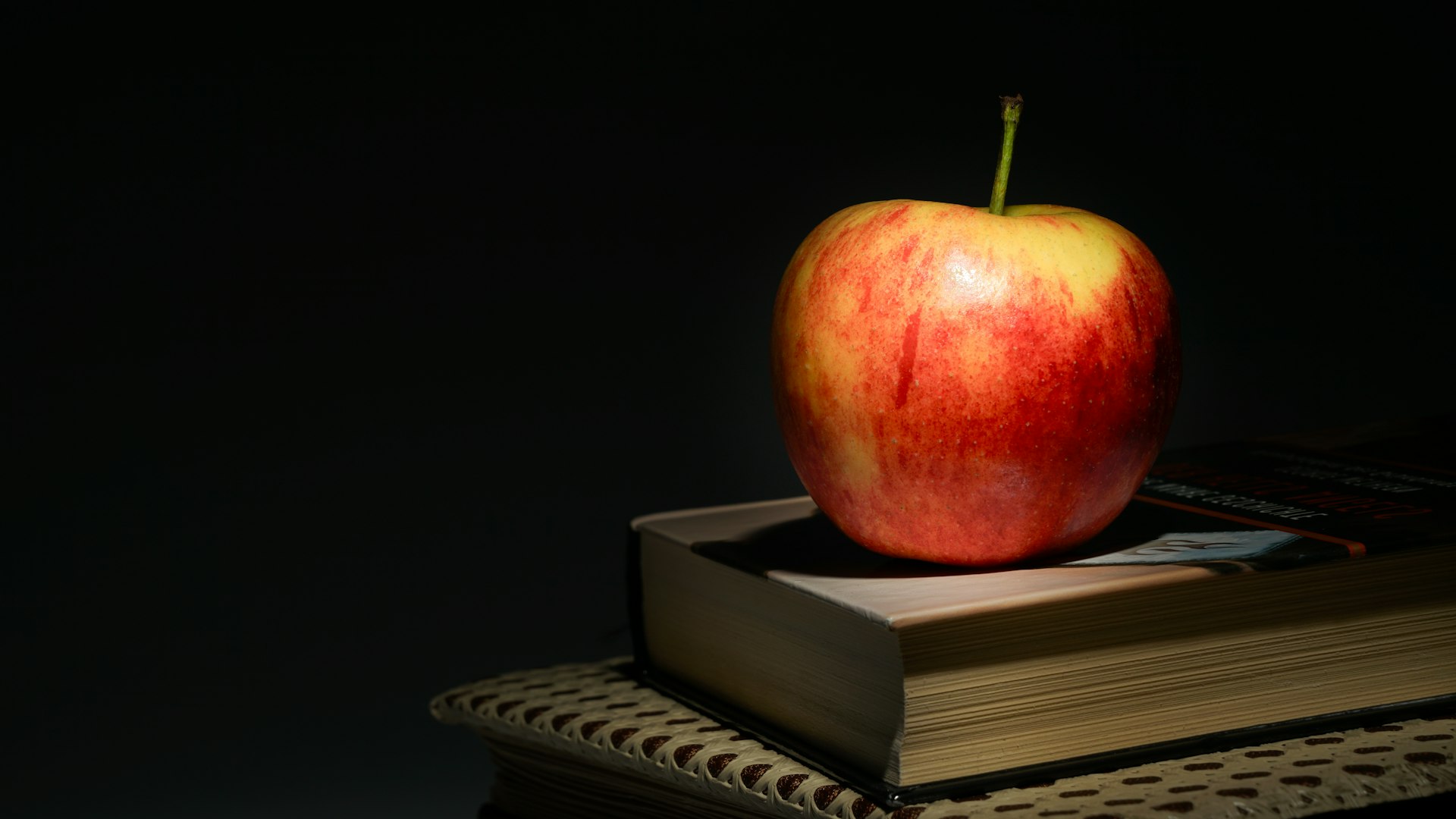Kawaii Fashion: Embracing Japan’s Culture of Cute for Self-Expression and Joy

Photo by nsu mon on Unsplash
Introduction to Kawaii Fashion
Kawaii fashion is more than just a trend-it is a vibrant, joyful expression of personal style rooted in Japan’s unique cultural landscape. The word “kawaii” (pronounced ka-wai-i) translates directly to “cute” or “adorable,” but its meaning extends far beyond surface-level sweetness. In Japan, kawaii represents innocence, playfulness, and a celebration of life’s small joys [2] . Since its emergence in the 1970s and 1980s, particularly in Tokyo’s Harajuku district, kawaii fashion has become a global phenomenon, inspiring people to find confidence and happiness through creative self-expression [1] .
The Origins and Evolution of Kawaii Fashion
Kawaii fashion emerged as a response to traditional beauty norms and rigid societal expectations in Japan. Young people, especially women, began to embrace a style that celebrated youthfulness, innocence, and rebellion through unconventional, colorful, and playful clothing [2] . This movement was influenced by Japanese pop culture, including manga, anime, and iconic characters such as Hello Kitty and Sailor Moon [5] . Over the decades, kawaii fashion grew from a local trend to a worldwide cultural wave, with enthusiasts across the globe adopting its whimsical charm and joyful spirit.
Defining Characteristics of Kawaii Fashion
Kawaii fashion is immediately recognizable for its distinctive blend of color, texture, and playful motifs. Key characteristics include:
- Pastel Colors: Soft pinks, baby blues, mint greens, and lavenders dominate the kawaii palette, evoking a sense of warmth and fantasy [2] .
- Playful Prints and Motifs: Outfits frequently feature patterns of hearts, stars, bows, cartoon animals, and sweets, each infusing a touch of childlike wonder [1] .
- Layering: Creative layering is essential. Frilly blouses, pinafores, oversized cardigans, and multiple accessories are combined for unique flair [2] .
- Exaggerated Accessories: Hair bows, animal-ear headbands, plush bags, and sparkly jewelry are staples, transforming simple looks into statement outfits [3] .
- Playful Footwear: Shoes often have a whimsical twist, such as platform sneakers, Mary Janes with bows, or lace-covered boots [2] .
- Doll-like Makeup and Hair: Soft curls, colorful wigs, bangs, rosy cheeks, and gradient lips help achieve the signature kawaii look [3] .
Popular Subcultures within Kawaii Fashion
The kawaii movement encompasses several subcultures, each with its own distinct style and emphasis. Notable examples include:
- Fairy Kei: Focused exclusively on pastel colors (lavender, mint, baby pink), this subculture features loose, airy clothing inspired by 1980s pop culture and toys. Black is rarely used, and prints often include moons, candies, and stars [4] .
- Decora: Known for its maximalist approach, Decora enthusiasts layer dozens of colorful hair clips, bracelets, and accessories, creating an energetic explosion of color and texture [1] .
- Lolita Fashion: While sometimes mistaken for kawaii, Lolita fashion is more historically inspired, channeling Victorian-era elegance with lace, petticoats, and bonnets. However, it shares kawaii’s love for femininity and detail [3] .
- Yume Kawaii: Blends dreamy, pastel aesthetics with fantasy elements, often incorporating motifs like clouds, stars, and magical girls [4] .
How to Start Your Kawaii Fashion Journey
Embracing kawaii fashion is about creativity and joy, not rigid rules. Follow these steps to get started:
- Research and Inspiration: Explore online communities, social media (search for #kawaii, #fairykei, or #decora), and fashion blogs for inspiration. The Japanese street style website TokyoFashion.com regularly features kawaii culture, offering real-world examples and event coverage.
- Start Small: Begin by adding pastel-colored tops or playful accessories to your wardrobe. Incorporate cute prints or whimsical bags to build confidence and comfort with the style.
- Layer Thoughtfully: Experiment with layering skirts, pinafores, and cardigans. Mix textures and patterns for a personalized look that feels uniquely yours.
- Accessorize Boldly: Look for oversized hair bows, animal-ear headbands, or plush toys attached to bags. Many online shops and local boutiques offer kawaii-inspired accessories; for authentic Japanese brands, consider searching for “kawaii fashion stores” or “Harajuku street style shops.”
- Experiment with Hair and Makeup: Try pastel wigs, temporary hair dye, or cute hair clips. Opt for light, shimmery eyeshadow, rosy blush, and a gradient lip for a doll-like appearance. Look up tutorials on YouTube using search terms like “kawaii makeup tutorial” or “Harajuku hair styling.”
- Mix and Match: There is no single formula for kawaii fashion. Combine elements from different subcultures (like Fairy Kei’s colors with Decora’s accessories) to create your own statement.
For those new to the style, consider participating in online forums or communities to share ideas and seek advice. Many enthusiasts recommend starting with thrift shops or secondhand stores, where you may find unique pastel pieces and accessories at affordable prices.
Challenges and Solutions in Adopting Kawaii Fashion
Adopting kawaii fashion outside of Japan can present challenges, such as sourcing authentic pieces and overcoming cultural misunderstandings. Here are some potential obstacles and ways to address them:
- Limited Local Availability: Genuine kawaii brands may not be widely available in all regions. You can search for online retailers specializing in Japanese street fashion or use international shopping platforms. Always verify store authenticity by checking reviews and looking for established retailers.
- Cultural Misconceptions: Kawaii fashion may be misunderstood as only suitable for children or costume events. In reality, enthusiasts of all ages participate, often adapting the style for everyday wear by choosing subtler colors and accessories [2] .
- Fitting In: Wearing bold, unconventional outfits can draw attention. Start small by integrating kawaii elements into your usual attire and gradually build confidence in your look.
Alternative Approaches and Personalization
Kawaii fashion is inherently flexible. While some people embrace the full, head-to-toe look, others prefer to incorporate select elements-such as a pastel sweater, cute socks, or a playful bag-into their everyday wardrobe. The style evolves with each individual, reflecting personal interests, comfort levels, and creativity. You may choose to mix kawaii elements with other fashion genres, such as streetwear or vintage, to create a style that truly represents you [3] .
Actionable Guidance for Exploring Kawaii Fashion
To further explore kawaii fashion, consider these strategies:

Photo by Mitchell Luo on Unsplash
- Visit local or online stores that specialize in Japanese or Harajuku fashion. Search for terms like “kawaii fashion boutique” or “Fairy Kei shop.” Read customer reviews and verify authenticity before purchasing.
- Attend conventions, pop culture events, or local meetups focused on Japanese culture or fashion. These gatherings often feature workshops, styling advice, and opportunities to meet other enthusiasts.
- Follow established kawaii influencers on social media for inspiration and community support. Hashtags like #kawaiifashion and #harajukustyle yield thousands of daily posts.
- Experiment with do-it-yourself (DIY) projects. Upcycle existing clothes with pastel fabric paints, add lace and bows, or create your own accessories using online tutorials.
- Engage with online communities-such as Reddit’s r/Kawaii or fashion forums-to ask questions, share outfits, and find encouragement from others with similar interests.
If you encounter difficulty sourcing products, consider searching for “Japanese import fashion stores” or connecting with sellers on established marketplaces known for Japanese goods. Always confirm the credibility of sellers and platforms before buying.
Conclusion: The Joy and Freedom of Kawaii Fashion
Kawaii fashion is more than a look; it’s a philosophy that encourages play, self-acceptance, and happiness through creativity. Whether you embrace the style in full or simply add a touch of cuteness to your daily wear, kawaii fashion offers a path to joyful self-expression for all ages. With its pastel hues, whimsical motifs, and inclusive spirit, it continues to inspire a growing global community. If you’re ready to start your journey, explore online resources, connect with fellow enthusiasts, and remember-kawaii is all about celebrating what makes you unique.
References
- [1] SewGuide (n.d.). Kawaii Fashion Style: Clothes & Characteristics.
- [2] Vocal Media (2023). What is Kawaii Fashion?
- [3] 42Lolita (n.d.). What is the difference between Kawaii and Lolita fashion.
- [4] The Arcadia Quill (2021). Subcultures of Kawaii Fashion.
- [5] Domestika (n.d.). What Is Kawaii art, Japan’s Culture of Cuteness?



